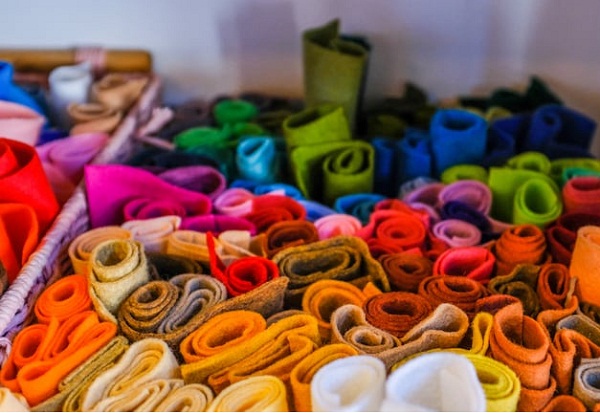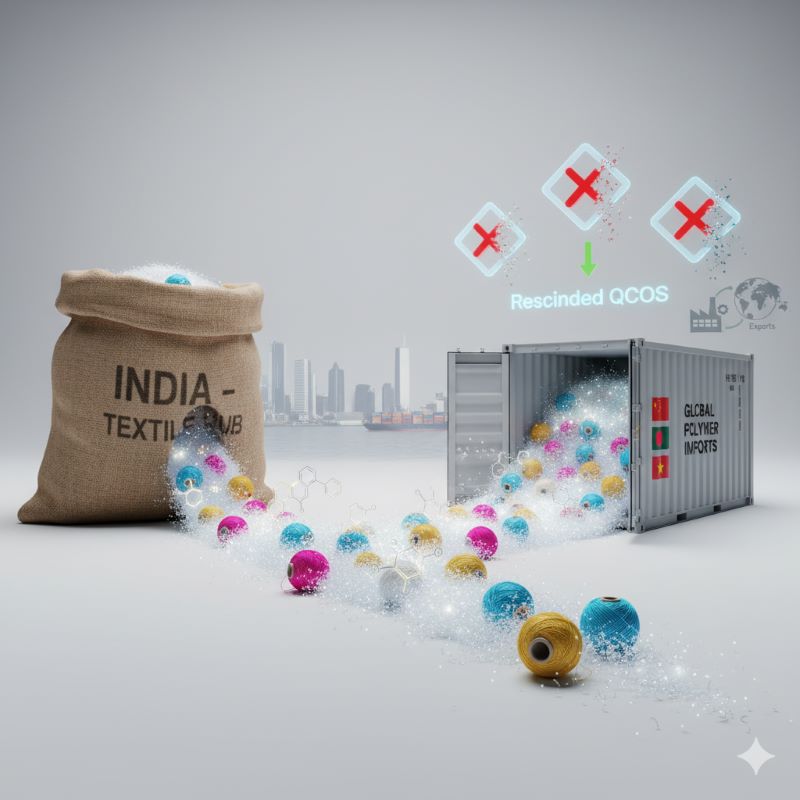
Worldwide, the textile sector is bracing itself for a challenging time ahead. Whilst industry pundits are assuring that is a short term challenge, the repercussions of the impending recession in the Western world are beginning to hurt nations that rely on textile export for revenue and employment. The pandemic and the Russo-Ukraine crises have disrupted supply chains, seen raw material prices soar and demands drop. Now, Western consumers are tightening their belts, prioritizing for food and energy and apparel then becomes a distant priority.
Bangladesh a case in point
Small and fragile economies are struggling in this new scenario and Bangladesh is a good case study. Readymade garments and textiles are lead export items and the local textile industry is stressed. Global recession and inflation means drastic drop in demand for clothes; it also affects affordability of raw material, current trade policies unfavorable towards its industry and internal security concerns is playing havoc.
Around the world millions of textile and garment workers have been affected with manufacturers either operating at lower capacity or just closing their units down. Predictions state that loss of jobs within one of the largest sectors will be followed by increase in local crime. There is optimism that this crisis is a short-term one and recovery could start as early as the third quarter of 2023 but Bangladesh has major challenges in restoring normalcy. A silver lining is global home textiles is growing at an annual rate of 3.51 per cent and this growth is expected to continue up until 2025 – Bangladesh is now considering diversifying into this segment to help raise its sinking sector.
India, Pakistan face similar challenges
In India, textile exports face challenges like its neighbors due to a decrease in demand from traditional buyers in the West and China. However, India enjoys a comparative advantage in terms of skilled manpower and in cost of production, relative to major textile producing countries. There was an expectation that India would be able to seize the opportunity when China shed its textile exports but unfortunately, India missed the bus as Bangladesh and Vietnam were quicker to respond. The Indian government has been proactively encouraging growth in this sector with many beneficial policies. It allows for 100 per cent FDI in the textile sector and introduced production-linked incentives schemes worth $1.44 billion for manmade fiber and technical textiles over a five-year period.
Since Pakistani textiles are mainly exported to China, US, Germany and Spain, it is beginning to feel the backlash of the high inflation and the impending recession about to hit Western importers. Meanwhile China has also steadily declined importing textiles from Pakistan. To add to its woes, domestic production of raw material like cotton has been decreasing and the lack of US dollar reserves makes it difficult for manufacturers to import cotton. More than 100 mills across Pakistan have shut operations as the sector faces an existential crisis. Additionally, small businesses are finding it extremely hard to get credit and the high premium for securing credit is raising operational costs significantly. Due to the huge devaluation of its national currency, Pakistan is unable to import modern machinery for the sector to diversify towards home and smart textiles.
Overall, governments and manufacturers are coming together to find solutions to ride out this crisis as it involves valuable dollar earning and employment. With many innovative solutions being worked on and the hope 2024 will see the end of the recession about to hit the West, things will hopefully recover, albeit slowly.












